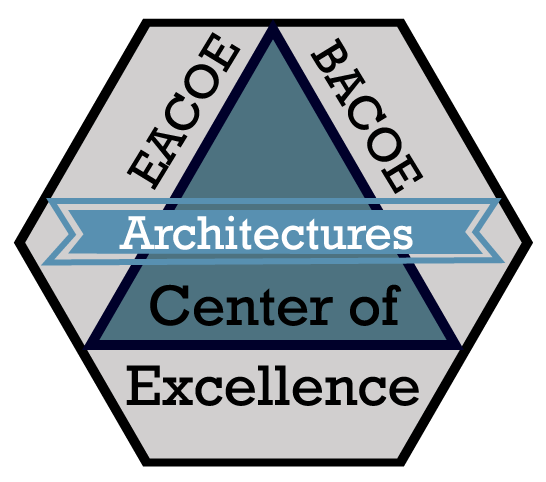CIOs: Digital Business Demands Political Savvy, Soft Skills
By Kim S. Nash via CIO Journal
CAMBRIDGE, Mass. — The more their companies go digital, the more chief information officers must rely on their softer skills, according to attendees at Wednesday’s MIT Sloan CIO Symposium. These skills include a sharp focus on managing staff stress levels and providing guidance as all employees learn new tools and business models.
CIOs must create a working environment that allows for experimentation, said Harmeen Mehta, global CIO and head of digital at Bharti Airtel Ltd., speaking on a panel. Ms. Mehta won MIT’s CIO Leadership Award for 2018 for her accomplishments in innovation and business since joining the Indian telecommunications firm in 2013.
“If you’re trying something different, you have to be willing to fail,” she said. One of India’s largest cellular services companies, Bharti Airtel launched a music app two years ago and is in talks to add Netflix Inc. content to its popular TV app. It also runs a large mobile education network that allows customers to get career counseling, learn English and receive other services on their phones. In addition to overseeing internal IT, Ms. Mehta helps lead engineers who work on such external products.
In an interview, Ms. Mehta said that she has built an IT staff largely from scratch in the last five years, decreasing the amount of technology work outsourced to other firms. She encourages a sense of mission in her people. She often will talk with individual coders or engineers about their part in a larger project and about what the company is trying to accomplish for customers, she said. Working for a clear purpose, not a cog in a technology wheel “gives a sense of achievement,” she said.
Make ethics a priority: United Nations’ Atefeh Riazi
At the United Nations, understanding unwritten power structures can help a technology leader know when to nurture or push new ideas, said Atefeh Riazi, chief information technology officer at the UN. An organization’s customs and political traditions move more slowly than does technology, Ms. Riazi said, speaking on a panel at the conference.
“Our job as CIO is [to be] a priest. We can’t shy away from it,” she said.
An ethics component is becoming more important to the role of technology leader, she said. Implicit biases in artificial intelligence systems and the environmental toll of computing infrastructure show that innovation can carry implications for society, she said. “We must understand technology, both the good and bad.”
Be part of a team: Fannie Mae’s Bruce Lee
IT organizations generally are getting away from viewing themselves as separate from the rest of the company, said Bruce Lee, head of operations and technology at Fannie Mae. Technology staff should worry less about explaining pieces of technology to others, he said. “Be part of a team trying to make a transformation,” he said, on a panel.
Creativity is critical: Land O’Lakes’ Mike Macrie
Mike Macrie, CIO at agriculture firm Land O’Lakes Inc., finds motivation for himself and his staff in tackling large business problems. For example, the company is studying how to enhance the health of individual cows through custom diets created by using AI to analyze their microbiomes. Land O’Lakes also uses satellites to monitor farming fields for growth and potential problems, and has tests drones for this and other uses. “Creativity is so critical. You run into roadblocks, but don’t give up,” he said.
Use tech to relieve stress: State Street’s Adeel Saeed
Adeel Saeed, CIO of corporate technology services and interim chief security officer at State Street Corp., said in an interview that he is working to reduce stress among his staff in part by developing chatbots. The bots, likely due out next year, will handle routine tasks such as finding forms and helping employees adhere to security policies, he said. “It’s a different way to operate.”
CIOs: Digital Business Demands Political Savvy, Soft Skills By Kim S. Nash via CIO Journal
Category
- Agility
- Architecture Models
- Architecture Views
- Artificial Intelligence
- Assemble to Order
- BTP
- Benefits
- Big Data
- Bill of Materials
- Book
- Business Architect
- Business Architecture
- Business Architecture Framework
- Business Architecture Participants
- Business Architecture Tools
- Business Capability
- Capabilities
- Capability Ability
- Certification
- Certification Levels
- Certification Mistakes
- Change Management
- Checklist
- Cloud
- Cloud Decommission
- Coding
- Communication
- Competition
- Complexity
- Confirmation Bias
- Consulting
- Cybersecurity
- Data
- Data Architecture
- Data Lake
- Data Modeling
- Data Sludge
- Data Swamp
- Differentiators
- Digital Transformation
- Distance Learning
- Enterprise Architect
- Enterprise Architecture
- Enterprise Architecture Framework
- Enterprise Architecture Participants
- Enterprise Architecture Tools
- Evaluation Checklist
- Evaluation Criteria
- Event Model
- Experiences needed

